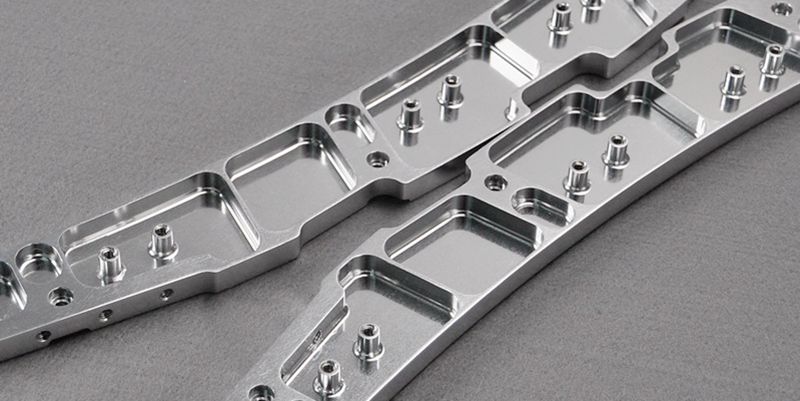- May 19, 2023
Tolerance is an allowable extent for deviations for part dimensions based on their form, fit, and function. It is the term used to define how exact the measurement of a component needs to be. It defines the amount of variation or deviation allowed on the base measurement, especially as regards the dimension of CNC machined parts.
To mitigate these deviations, CNC machining uses standard tolerances. Unless stated differently by the designer, tolerances for parts made from plastic are +/-.010′′ and +/-.005′′ for metal parts. Nonetheless, the higher the part accuracy required, the tighter its tolerance (such as +/-.0004″).
One recurring question is whether tighter CNC part tolerances affect part production and design. The answer is a resounding Yes! The greatest influence on design and production might come from tight tolerances.
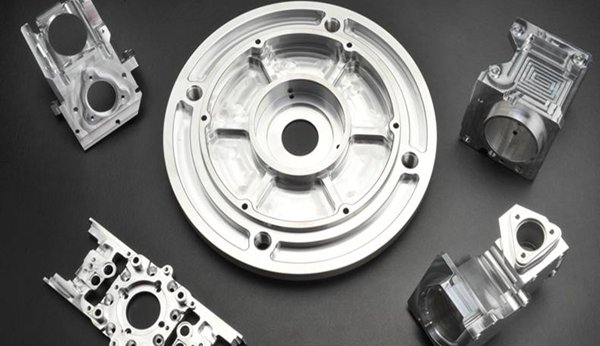
Tighter Tolerances Result in Higher Production Costs
Tolerance levels affect machining turnaround time and tools to influence its costs. Here is why? Tighter tolerances often easier lead to increased scrap, the use of special measurement tools, and additional fixtures. The bid for tighter tolerances could also slow down the rate of machining, consequently increasing production cycle times.
So, depending on the tolerance level required and its geometry, seeking tighter part tolerances could double the cost of design and production compared to achieving standard tolerance levels.
Three Ways Stricter Tolerances Increase Cost
There are three major ways tighter tolerances for manufacturing parts could increase the cost of production. They include;
1. Use of Specialized and Expensive Tooling
Where specialized tooling is required to achieve the required tolerance and precision, getting this tooling would increase the cost of production.
2. Conducting Expensive Tests
A thorough inspection is necessary for CNC parts with tight tolerances. Whether the testing is done by humans or controlled automatically, this entails more time and work. Sometimes, due to tight tolerances, each component must be inspected, and any part that is out of specification must be rejected, even if it would otherwise be usable. Consequently, this high rate of sorting and rejecting also influences the price of parts, making them higher.
3. Additional Processes
Tighter CNC part tolerances frequently call for more processes, equipment, and tools, which raises production costs. For instance, when it comes to the surface finish needed for metal, secondary processes like sanding, honing, and refining are expensive and should only be performed when necessary.
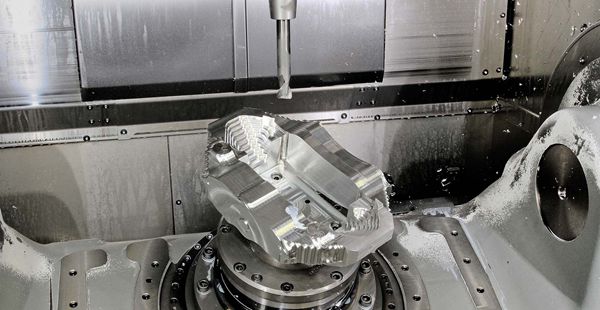
Tighter Tolerances Require a Modification to the Manufacturing Process
If you select tolerances that are stricter than industry standards, the optimum manufacturing process for your CNC parts may change. The reason is that the production process selection may impact tighter tolerances.
For instance, a hole may be machined with one set of tolerances using a vertical mill and another set of tolerances when boring the same hole using a lathe, raising lead times. Besides, fundamental tolerances on CNC machines with different axes counts may differ.
Additionally, the kinds of parts a CNC machine can process depend on its tolerance. In some circumstances, the part will need further operations before it can reach tight tolerance. If you want small or extremely fine finishing features on your products, you might need to put them through several distinct machining operations. Distinct machining procedures also produce varying surface roughness or characteristics. Grinding or lapping may be necessary to meet even tighter tolerance standards.
Tightness of Tolerance Depends on Material
The complexity of manufacturing a product using a particular tolerance might vary greatly depending on the material. Due to the material flexing while being cut, retaining a set tolerance for softer materials like thermosets and thermoplastics is typically difficult.
The degree of tolerance achieved with a given material can depend on its qualities. Among these characteristics are:
Heat Stability: Non-metals such as plastics typically experience problems with thermal stability. These materials deform during CNC machining as heat builds up, affecting the tolerance of the part.
Abrasiveness: For some CNC machining materials with high carbon content, like carbon steel, and titanium, their abrasive nature makes it difficult to achieve specific tolerance while maintaining precision. This difficulty is primarily due to the number of tool changes necessary.
Hardness: Compared to softer materials, harder ones like Aluminum, stainless steel, brass, and copper are simpler to process to tolerances precisely. The reason is that as the machine tool comes into contact with softer materials, it is easier to alter the dimension. Therefore, milling more delicate materials requires patience.
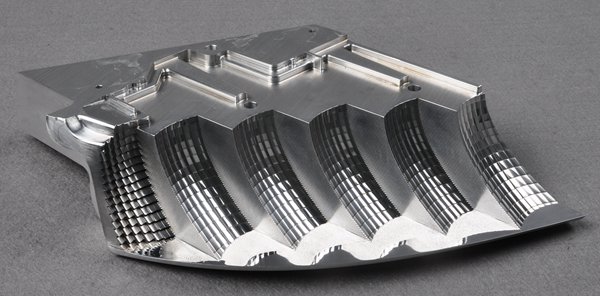
Complexity and Design in Parts
CNC Part design is the most crucial element in controlling tight tolerances. Making adjustments during the design phase will not only produce consistent tight tolerances, but it will also improve quality, boost customer happiness, and reduce expenses.
Tolerance control can be affected by the part geometry, overall dimensions, and wall thickness specifications. The varied shrink rates that thick walls may experience inside their thick sections make it challenging to maintain precise tolerances due to the varying shrinkage within different sections.
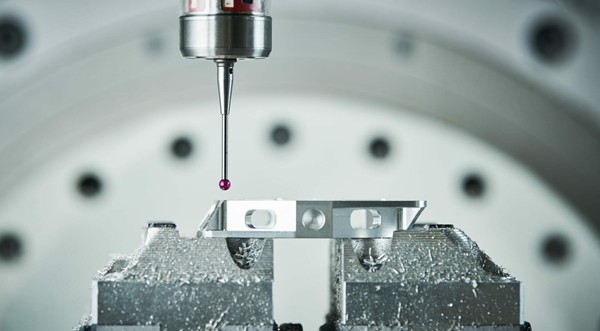
Tighter Tolerances Impact Parts Inspection
It is difficult and takes longer to verify tighter tolerances. The reason is that better measurement equipment and inspection techniques are required. Also, parts production costs will go up as a result.
For instance, vibration caused by milling can result in chatter marks. While it is possible to inspect these marks visually, this requires sophisticated inspection tools to get accurate data like mark depth and length. These marks can be disruptive, causing noise and vibration in the assembly (particularly when it comes to tighter tolerances).
Choose Only If Necessary
Many individuals lean on being overly specific when selecting a tolerance. Selecting a tolerance of 0.001mm instead of 0.01mm can result in a two- to three-fold price increase. Tighter tolerances necessitate more meticulous fabrication and further tests to guarantee accuracy across the parts.
Tighter tolerances are necessary in some situations. However, parts tolerances should primarily be determined by how they work together, their uses, how they are manufactured, and how sensitive the features are to variation.

